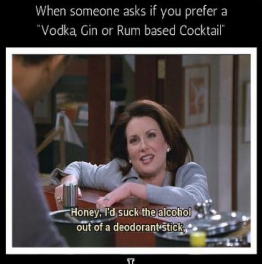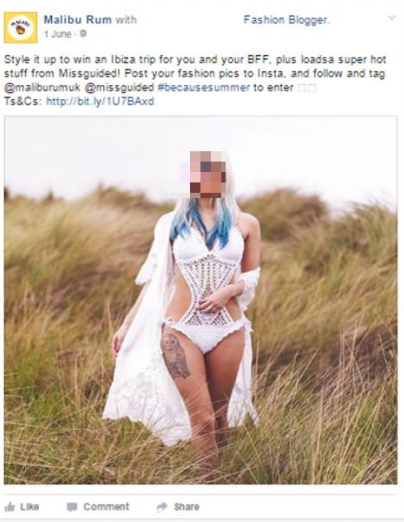Advertising regulations must focus more on alcohol promotion through social media
Regulations on alcohol advertising must to a larger extent focus on exposures in social media, as these media play an increasingly larger role, both in marketing strategies and in young peoples’ lives. This challenge comes from a newly published report in the UK.
 Regulations on alcohol advertising have largely focused on traditional media, like adverts in magazines, billboards, TV and radio. To the extent regulations have been used, they are often systems of self-regulation by the industry and where consumers can complain about adverts that they find unacceptable.
Regulations on alcohol advertising have largely focused on traditional media, like adverts in magazines, billboards, TV and radio. To the extent regulations have been used, they are often systems of self-regulation by the industry and where consumers can complain about adverts that they find unacceptable.
This traditional approach is seriously challenged by a newly published British report; “All night long: Social media marketing to young people by alcohol brands and venues”. The report has been complied by Professor Christine Griffin and Dr Jeff Gavin, both of the University of Bath, and Professor Isabelle Szmigin, of the University of Birmingham.
Professor Szmigin concludes in a comment that "We need to recognize that social media is markedly different to other forms of advertising, it is more focused in its targeting and more transient”. Dr Richard Piper, representing of one the funders of the study, said that "Social media marketing plays a significant role in reinforcing our problematic drinking culture. The traditional form of reactive complaint process is no longer sufficient. We need a more responsive and more effective regulatory system that protects young people”.
See a more detailed presentation of the study at the web site of Alcohol Research UK here.
The study is based on analyses of 419 social media posts by five alcohol brands and three drinking venues on Twitter, Facebook and Instagram posted during two weeks in May/June 2016. Additionally, focus group interviews were conducted with more than 50 young people from the South-West of England.
 The report shows that regulatory systems for limiting alcohol marketing struggle to keep up with the pace and the nature of technological change. The recent expansion of social media use among under-25s has created unprecedented opportunities for the marketing of alcohol products, especially with the emergence of more interactive platforms.
The report shows that regulatory systems for limiting alcohol marketing struggle to keep up with the pace and the nature of technological change. The recent expansion of social media use among under-25s has created unprecedented opportunities for the marketing of alcohol products, especially with the emergence of more interactive platforms.
Key findings:
- Drinking venues posted on social media more frequently than alcohol brands during the research period.
- 18-25 year olds were more likely to follow venues on social media than brands.
- Venue-level social media was used to both plan and document drinking occasions.
- Venue-level content included cheap offers, promotional events, and images of customers as marketing.
- Less than 2% of posts by brands, and no posts by venues, included messages to ‘drink responsibly’.
- Alcohol brands were more popular on social media among younger (including underage) participants, and less popular among older participants
The illustrations in this article are borrowed from the report.
RELATED ARTICLES
- Government investments in alcohol industry up against the wall
- New book reveals a series of unethical business practices by Heineken in Africa
- SAAPA applauds WHO position on no industry collaboration
- Norwegian NGO campaign: Divest from the alcohol industry
- Alcohol industry afraid of losing their health image, adopts new and offensive strategies.
- AB InBev + SABMiller = Newco
- Malawi – a natural policy experiment to draw lessons from
- Independence from vested interests
- Africa identified as new frontier for beer
- Global public health community issues warning over alcohol industry conflict of interest

